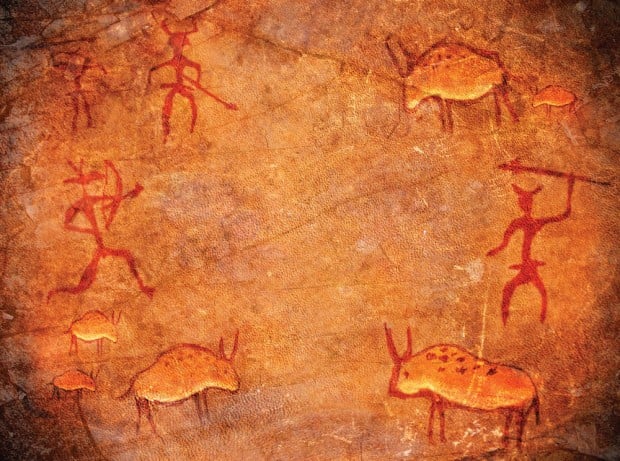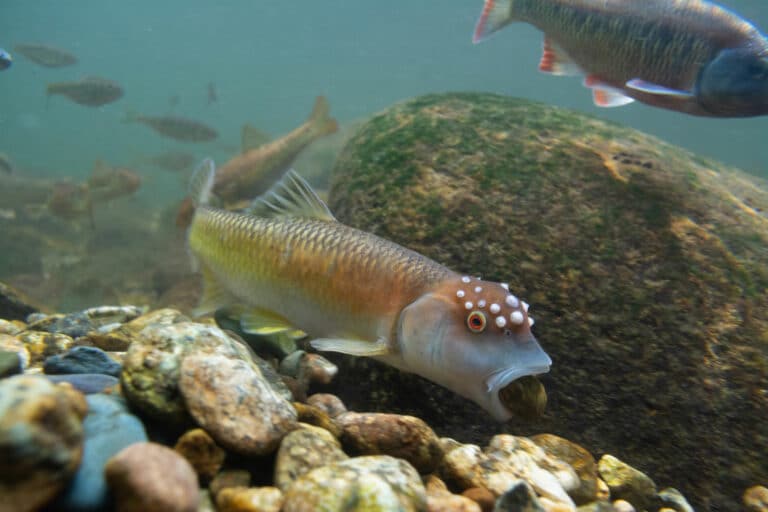![]() You want to lose weight, gain muscle mass, and feel more energetic? Eat like a caveman, say advocates of the so-called Paleo Diet. The diet eliminates grains, dairy, and most processed foods. It’s one of the hottest nutrition trends in the country right now—and also one of the most controversial. Like Atkins and the South Beach Diet, Paleo drastically limits the amount of carbohydrates in each meal and emphasizes wild meat, fish, and seasonal fruits and vegetables.
You want to lose weight, gain muscle mass, and feel more energetic? Eat like a caveman, say advocates of the so-called Paleo Diet. The diet eliminates grains, dairy, and most processed foods. It’s one of the hottest nutrition trends in the country right now—and also one of the most controversial. Like Atkins and the South Beach Diet, Paleo drastically limits the amount of carbohydrates in each meal and emphasizes wild meat, fish, and seasonal fruits and vegetables.
According to Paleo devotees, the human diet began deteriorating during the Agricultural Revolution 10,000 years ago when we started eating farm-raised grains in large quantities. Then, 200 years ago, the Industrial Revolution led to processed, packaged foods laden with additives and preservatives, resulting in our current obesity epidemic.
Dr. Loren Cordain, father of the Paleo movement, advocates a meat-centric diet that supposedly is based on the diet of ancient societies. According to his studies, the typical Paleolithic tribe’s diet was comprised of roughly 56 to 65 percent meat. A paper published in the New England Journal of Medicine in 1985 suggested the ratio could even be higher. However, many anthropologists say some older Paleolithic studies that contributed to the “meat-centric” caveman image were skewed by the fact that bone is far better preserved at archaeological sites than biodegradable vegetable matter.
While meat played a critical role in human evolution, most anthropologists today have largely rejected the myth of blood-thirsty carnivorous cavemen. Instead, primitive human beings were opportunistic omnivores—with teeth, limbs, and a gastrointestinal tract more conducive for digesting plant material than large quantities of meat. Gathering wild plants required much less caloric expenditure than hunting, and yielded more reliable sustenance. While meat consumption varied by geographic location, anthropologists at Washington University in St. Louis estimate that meat comprised less than 20 percent of most paleolithic diets.
Berries, nuts, and even wild grains comprised the bulk of the diet for many Paleolithic tribes, according to Dr. Anna Revedin at the Italian Institute of Prehistory. Researchers found evidence on 30,000 year-old grindstones found throughout Europe that suggests Paleos harvested plants like cattails and fern roots to make flour. Meanwhile, grains have been found in Paleolithic storage bins, and a 2004 study of a Stone Age site in Israel showed the staple food was wild grasses.
Rebecca Mohning, a registered dietician who teaches at George Washington University, puts the Paleo Diet in the same “fad” classification as the Atkins diet, though she believes Paleo is more balanced than its predecessor.








